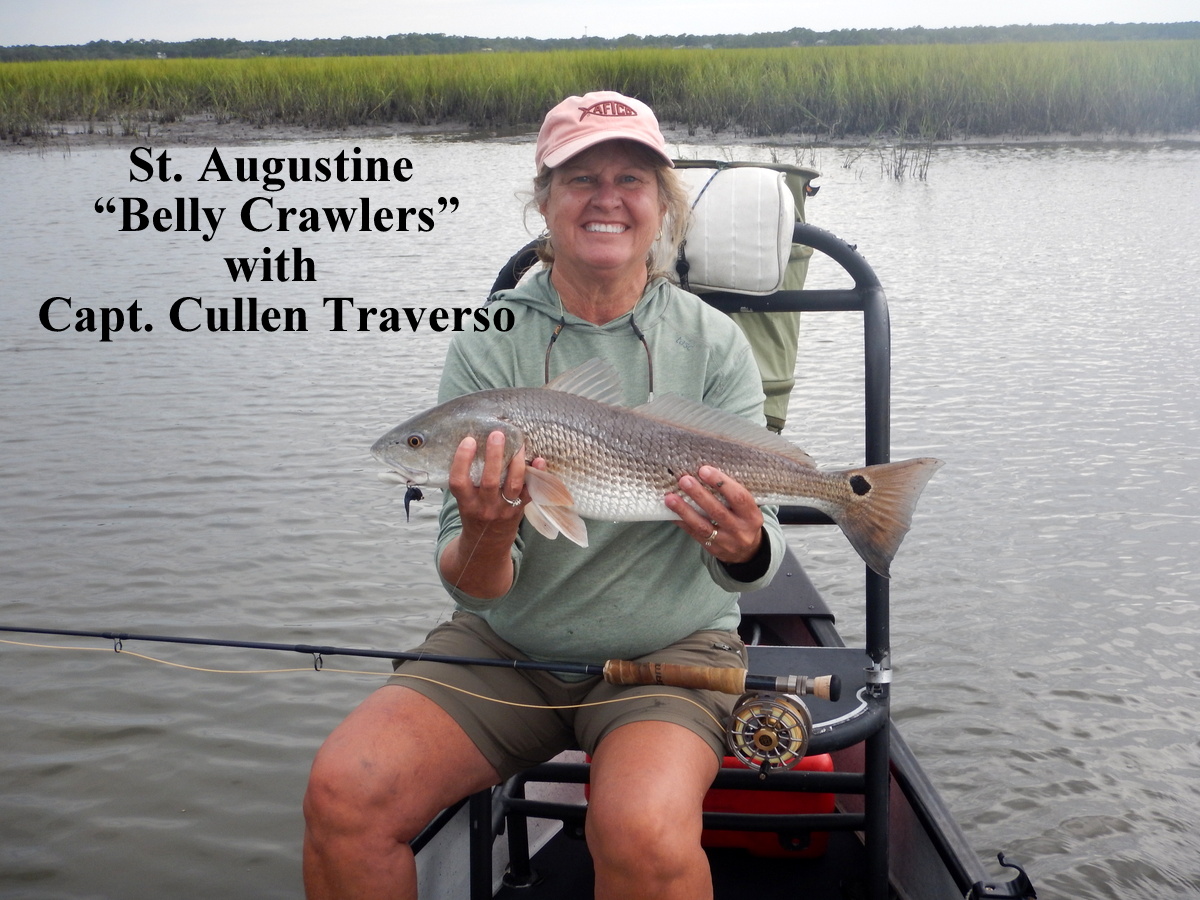An End of the Line Special
Article and photos by Jimmy Jacobs.
May 2021
The Exumas were home to the Lucayan Natives up until the 16th century, when they were enslaved by Spanish explorers. For the next two centuries the islands were basically uninhabited, until Tories fleeing from the American Revolution began arriving in 1783.
These expatiates brought slaves with them and established cotton plantations, which eventually succumbed to depleted soils and the outlawing of slavery in the British Empire in 1834. One of the most famous of those planters was John Rolle. Upon his death in 1842, he bequeathed his large landholdings to his former slaves. As a result, Rolleville and Rolletown were both named for him. Many of those former slaves took on the surname of Rolle, which remains very common throughout The Bahamas.
When the American Civil War broke out in 1861, the Bahamas became an important jumping off point for blockade runners carrying arms and supplies to southern ports. After the war, boat-building, fishing and wrecking (salvage of cargoes from ships that hit nearby reefs) became major industries. Also farm operations supplied food stuffs to Nassau.

The Salt Tower and the canal cut through the coral to flood the old salt ponds.
Salt production was another important business, particularly on Little Exuma, in the period from the 1830s to the 1870s.. The now abandoned salt ponds still are visible, along with the Greek column inspired Salt Tower. Fires were lit on top of the tower to alert ships anchored offshore that salt shipments were ready to be loaded.
In the early part of the 20th century the islands again entered the smuggling business, shipping liquor to the U.S. during Prohibition from 1919 to 1933.
Finally, starting in the 1960s, tourism became the mainstay of the economy in the Exumas. Vacationers, anglers, divers and especially boaters flocked to the island for the crystal-clear waters and laidback hospitality.

Crystal waters make Exuma a boaters’ and divers’ paradise.
An adjunct to the tourist boom was the filming of a couple of movies. Portions of the James Bond thriller Thunderball were shot at Thunderball Grotto, just offshore of Staniel Cay. Many of the beach scenes in Pirates of the Caribbean were filmed on Sandy Cay near Williams Town on Little Exuma. In fact, Johnny Depp and the crew from the movie often had lunches and hung out on the deck at Santana’s Bar & Grill on the Williams Town water front.

Another feature of Little Exuma is the presence of Tropic of Cancer Beach. This strip of sand is located where the Tropic of Cancer crosses the island and marks the dividing line between the Sub-Tropics to the north from the Tropics to the south.






